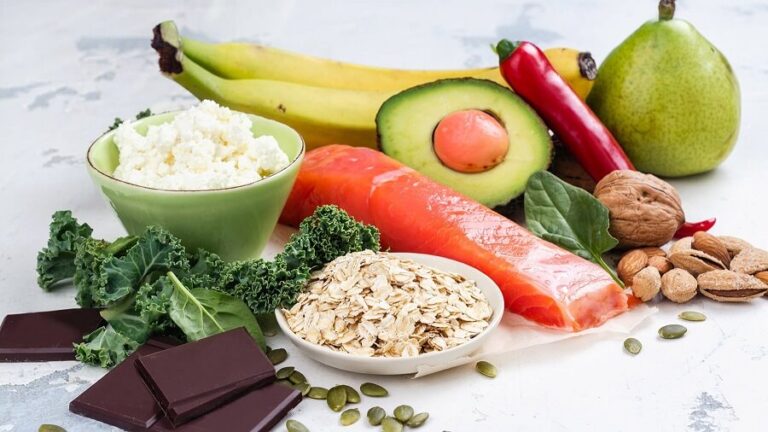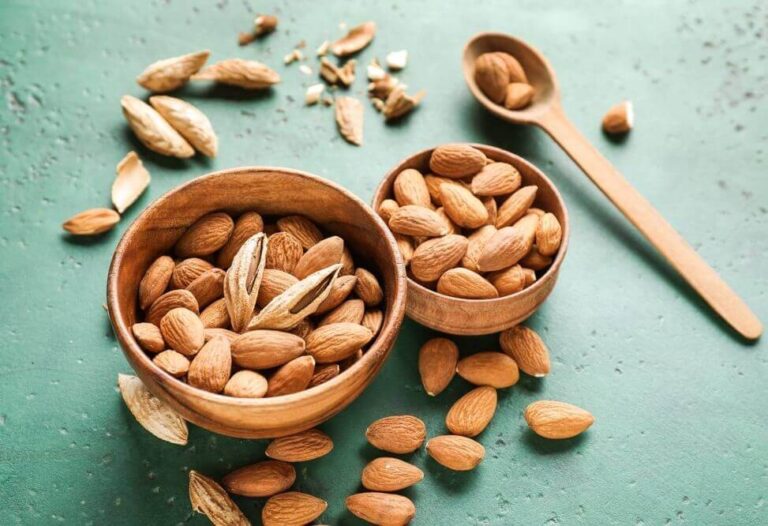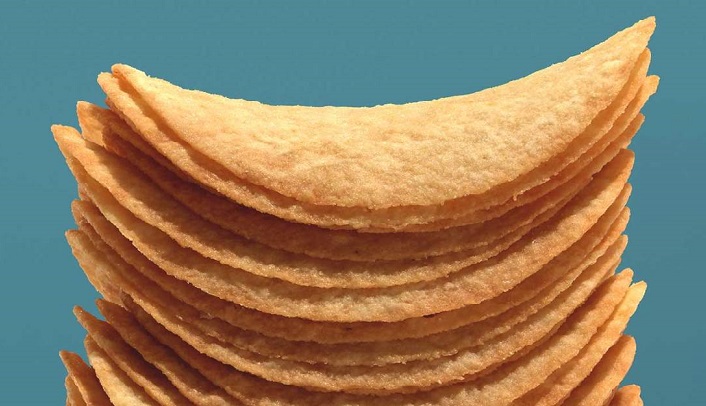The carbohydrate or carbohydrates are one of the three main food macronutrients.
Carbohydrate foods are essential in a healthy diet, and it is necessary to know that including carbohydrates in your food list is not bad for the body. However, controlling carbohydrate portions is essential – particularly for refined carbohydrates.
The classic example of carbohydrates is glucose: the most abundant in nature and the primary energy source for the human body, but it is not the only one. Here are examples of carbohydrate foods and a complete list of their amount.
What are carbohydrate foods?
Carbohydrate foods are all those with sugar and starch. For example, bread, flour, potatoes, legumes, and most fruits.
Now, not all carbohydrate foods are the same. For example, foods with plant fiber contain a particular type of carbohydrate that is not digested in the human stomach.
Therefore, although their calories theoretically exist, they should not be counted in the diet. It is also a type of carbohydrate capable of improving the digestion process. Including foods with fiber is an excellent way to lower the insulin index of foods.
Carbohydrate list:
- Sugar
- Honey
- Cereals
- Pseudocereals
- Pasta
- Vegetables
- Fruits
- Vegetables
- Cookies and bakery products
- Flours
- Vegetables
- Sugary juices and sodas
- Cereal bars
- Panes
To know its amount, you can check:
How many calories do carbohydrate foods provide?
Carbohydrates provide 4 Kcal (calories) per gram (1). Both glucose, fructose, and starch give the same amount of calories. This is because, in the end, all carbohydrates are made up of practically the same elements.
The difference between different carbohydrate foods is how the body can assimilate them. Unlike vegetables, foods with simple carbohydrates like sugar can cause sudden changes in insulin levels and lead to diabetes.
RELATED: Resistant Starch What is it?
Types of carbohydrates: simple and complex
Two types of carbohydrates can be distinguished: complex and straightforward. The simpler it is and the fewer saccharides it contains, the carbohydrate will be digested more quickly, and that is why they are said to be wrong.
Simple carbohydrates are sugars known to us. Complexes (a combination of starch and fiber) generally have long structures and are present in vegetables, cereals, and pseudocereals.
The best known simple carbohydrate is sucrose or table sugar, and glucose is blood sugar. Starch, one of the best known complex carbohydrates, is found in vegetables such as potatoes, cereals, and pseudocereals. It is made up of hundreds to thousands of saccharide molecules.
To measure the speed of assimilation of carbohydrate foods, there is an indicator called the glycemic index.
Low glycemic index foods are assimilated slowly. As a result, they generate a slow and regular increase in blood sugar levels.
While a high glycemic index food will deliver all its energy in a couple of minutes, causing a spike in blood insulin levels. If the body does not expend this energy in a short period, the rest will accumulate in the form of fat.
Read more: Nutrition to lose weight – carbohydrates, proteins, and fats.
How many carbohydrates do I need per day?
According to the FAO and WHO, carbohydrates should form the basis of a healthy diet. Between 50 and 60% of the total calories must come from this energy source.
This is equivalent to 200-300g of carbohydrates per day. The myth that carbohydrate foods are fattening and that carbohydrates should be excluded from the diet is a common misconception in nutrition.
Particular is that the complexes must be weighed against the simple ones.
Also, a person who trains regularly should increase the number of carbohydrates he eats. A gym workout needs at least 5 g of carbohydrates per minute for every kg of bodyweight—the equivalent of 200 g for one hour of exercise for a 70 kg man.
Including carbohydrate foods before and after training is essential to improve athletic performance. (3)
Note: To calculate the number of total carbohydrates, you must do the calculation: net carbohydrates – vegetable fiber
Recommended: Low Carb Vegetables
What is the difference between sugar and fiber?
The difference between sugar and fiber is the number of elements (saccharides) that form them and the how. The fiber molecules are bound together so that the human body cannot process them.
In contrast, table sugar is a simple carbohydrate of glucose and fructose. This can be assimilated practically instantaneously.
Are there foods with good carbohydrates and bad carbohydrates?
The terms good and bad carbohydrates are not the most correct to describe them. However, it can be said that the most beneficial are the complexes.
The WHO recommends that the consumption of foods with simple carbohydrates such as sugar be limited to a maximum of 10% of total calories.
These foods are considered high glycemic load foods. If consumed regularly, they can lead to overweight, obesity, and diabetes. These are found in honey, jams, sugary soft drinks, and industrial sweet foods.
Is it dangerous to eat too few carbohydrate foods?
Eliminating carbohydrates from the diet is not recommended.
While reducing carbohydrates can activate a ketosis mechanism and may have short-term benefits, it is not ideal for keeping your body stable.
The types of low-carb or low-carb diets, such as the Dukan diet or the ketogenic diet, can be dangerous to health if maintained for long periods.
One of the contraindications of low-carbohydrate diets is altering memory, visual association, and the way the brain processes information.
Low carbohydrate diets were created to treat epilepsy and severe obesity and type 2 diabetes. They are not recommended as a lifestyle.
ABSTRACT
Carbohydrates are an essential macronutrient, and they should be the primary source of energy on the food list.
There are two types of carbohydrate foods: simple and complex. In excess, the simple ones (sugars, honey) lead to weight gain and type 2 diabetes.
All carbohydrates provide four calories per gram. However, vegetable fiber is a carbohydrate that the human body cannot metabolize, so it should not be included in the calorie count.
The complex carbohydrates present in vegetables, cereals, and pseudocereals are essential in a healthy diet.







